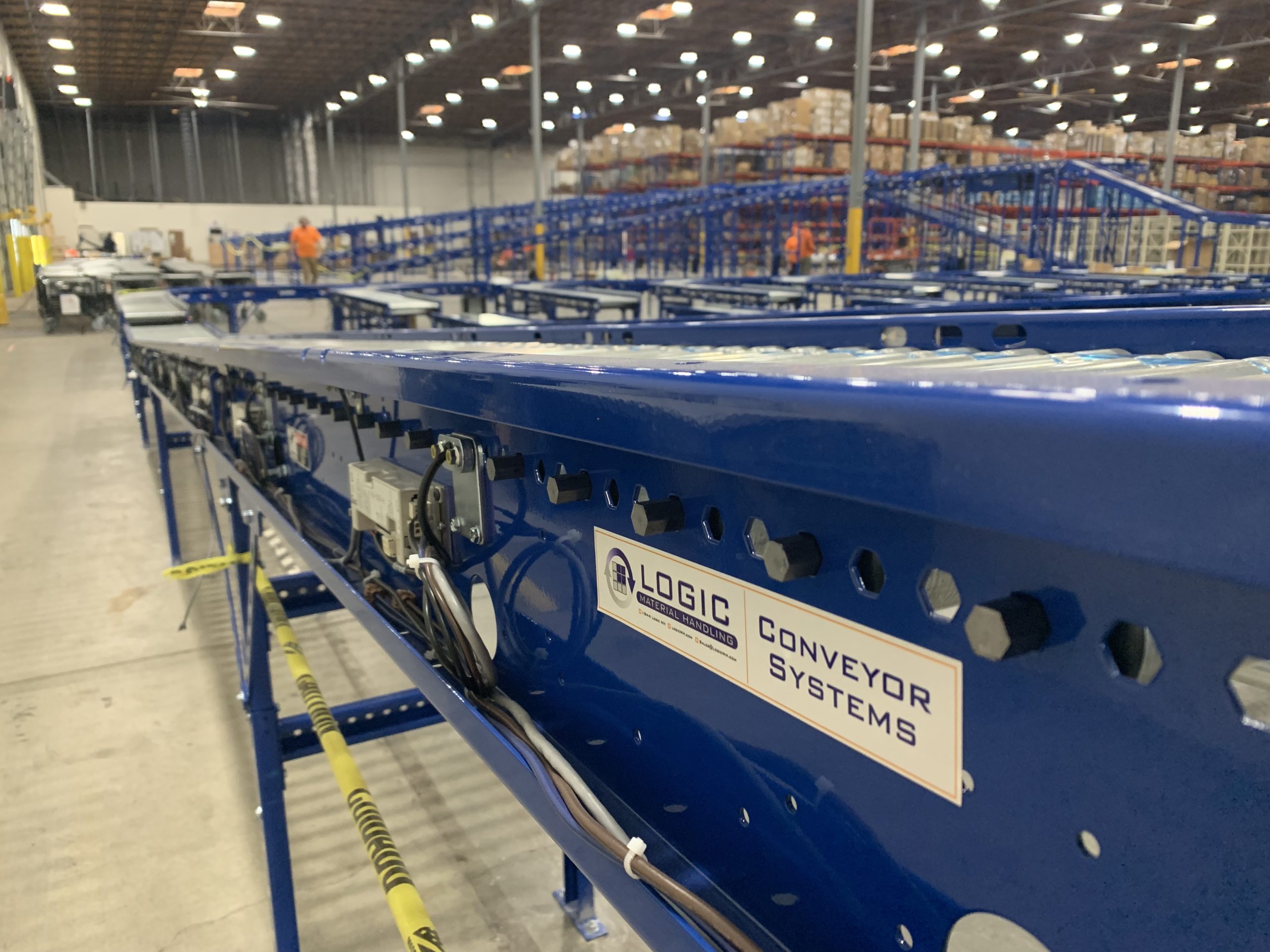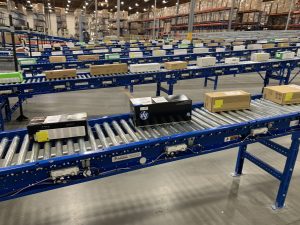Benefits of a Conveyor System in Warehouse Operations

In the fast-paced world of modern warehouse management, efficiency is the name of the game. And when it comes to optimizing warehouse operations, one technology stands out: the Conveyor System. Imagine a complex network of automated pathways designed to transport goods from one point to another seamlessly. This ingenious invention has transformed the landscape of warehousing, offering a plethora of benefits that streamline processes and boost overall productivity.
The Power of Automation
Efficiency Redefined
In the world of warehouse operations, time is money. A conveyor system operates as a constant, reliable force that eliminates the need for manual material handling. This translates into a significant reduction in labor costs and a remarkable increase in throughput. With the ability to move a large volume of goods in a short span of time, businesses can meet customer demands faster than ever before.
Precision and Accuracy
Precision is the cornerstone of effective warehouse management. Conveyor systems are engineered with meticulous attention to detail, ensuring that products are transported with pinpoint accuracy. This minimizes the risk of errors in sorting, picking, and packing, thus enhancing order accuracy and customer satisfaction.
Streamlined Workflow
Uninterrupted Flow
In a bustling warehouse, maintaining a smooth workflow is a constant challenge. Conveyor systems address this challenge by providing a continuous flow of materials. Whether it’s moving items from receiving to storage or from storage to shipping, the conveyor system keeps the momentum going, eliminating bottlenecks and preventing the accumulation of inventory.
Zoning for Efficiency
Warehouse layouts often involve designated zones for different tasks. Conveyor systems can be strategically integrated to facilitate zoning. This means that items can be automatically routed to the appropriate zone, where specific tasks such as sorting, labeling, or packaging are carried out. Zoning not only streamlines operations but also minimizes unnecessary movement of goods.
Maximizing Space
Vertical Possibilities
Warehouses frequently face the challenge of limited horizontal space. Here’s where conveyor systems make a vertical impact. Vertical conveyors can efficiently transport goods between different levels of a warehouse, making optimal use of vertical space that might otherwise go unused. This is particularly advantageous in environments where expanding the physical footprint is not feasible.
Compact Storage Integration
Conveyor systems can be seamlessly integrated with compact storage solutions like automated storage and retrieval systems (AS/RS). These systems work together harmoniously, allowing for a dense storage configuration while ensuring quick and efficient access to stored items. This synergy maximizes space utilization and enhances overall warehouse efficiency.

Ergonomics and Safety
Alleviating Physical Strain
Manual material handling can take a toll on workers’ physical well-being. Conveyor systems alleviate this strain by automating the movement of heavy items, reducing the risk of injuries related to lifting and carrying. This not only contributes to a safer work environment but also leads to improved employee morale and reduced absenteeism.
Enhanced Safety Measures
Modern conveyor systems are equipped with advanced safety features such as sensors, emergency stop buttons, and automated shutdown mechanisms. These safety measures ensure that workers and goods remain protected throughout the operation. By minimizing accidents and incidents, businesses can maintain their operations smoothly and avoid disruptions.
Real-time Tracking and Monitoring
Data-Driven Insights
Conveyor systems in contemporary warehouse setups are not just about physical movement; they’re also about generating valuable data. Sensors and tracking mechanisms embedded within these systems provide real-time insights into the movement of goods. This data can be analyzed to identify patterns, optimize routes, and make informed decisions to further enhance operational efficiency.
Proactive Maintenance
With real-time tracking comes the advantage of proactive maintenance. Conveyor systems can detect signs of wear and tear early on, enabling maintenance teams to address issues before they escalate. This preventive approach reduces downtime, extends the system’s lifespan, and contributes to long-term cost savings.

Sustainability and Cost Savings
Energy Efficiency
In today’s environmentally conscious world, businesses strive to reduce their carbon footprint. Conveyor systems are designed with energy-efficient components and smart control systems. By optimizing power consumption and minimizing waste, these systems contribute to both environmental sustainability and cost savings on energy bills.
Resource Optimization
Conveyor systems also play a pivotal role in optimizing resource utilization. With the ability to handle large volumes of goods, businesses can manage their inventory more effectively, reducing excess stock and minimizing waste. This lean approach not only enhances cost-efficiency but also aligns with sustainable business practices.
Conclusion
In the dynamic realm of warehouse operations, the conveyor system emerges as a beacon of efficiency, precision, and innovation. With its power to automate, streamline, maximize space, enhance safety, provide real-time insights, and contribute to sustainability, this technology is no longer a mere tool but a cornerstone of modern warehousing. Embracing the benefits of a conveyor system can catapult businesses into a new era of productivity and success.
FAQs (Frequently Asked Questions)
How do conveyor systems contribute to cost savings?
Conveyor systems reduce labor costs, optimize inventory management, and enhance energy efficiency, resulting in significant cost savings for warehouses.
Can conveyor systems adapt to different types of products?
Yes, conveyor systems can be customized to accommodate various products, from small packages to bulky items, making them versatile solutions for diverse warehouses.
What safety measures are integrated into conveyor systems?
Modern conveyor systems feature sensors, emergency stop buttons, automated shutdown mechanisms, and smart controls to ensure worker safety and prevent accidents.
Are conveyor systems complex to maintain and repair?
While conveyor systems require regular maintenance, modern systems often come with predictive maintenance features that make upkeep more manageable and cost-effective.
How do conveyor systems contribute to sustainability?
Conveyor systems enhance energy efficiency, optimize resource utilization, and minimize waste, aligning with sustainable practices and reducing the environmental impact of warehouse operations.

